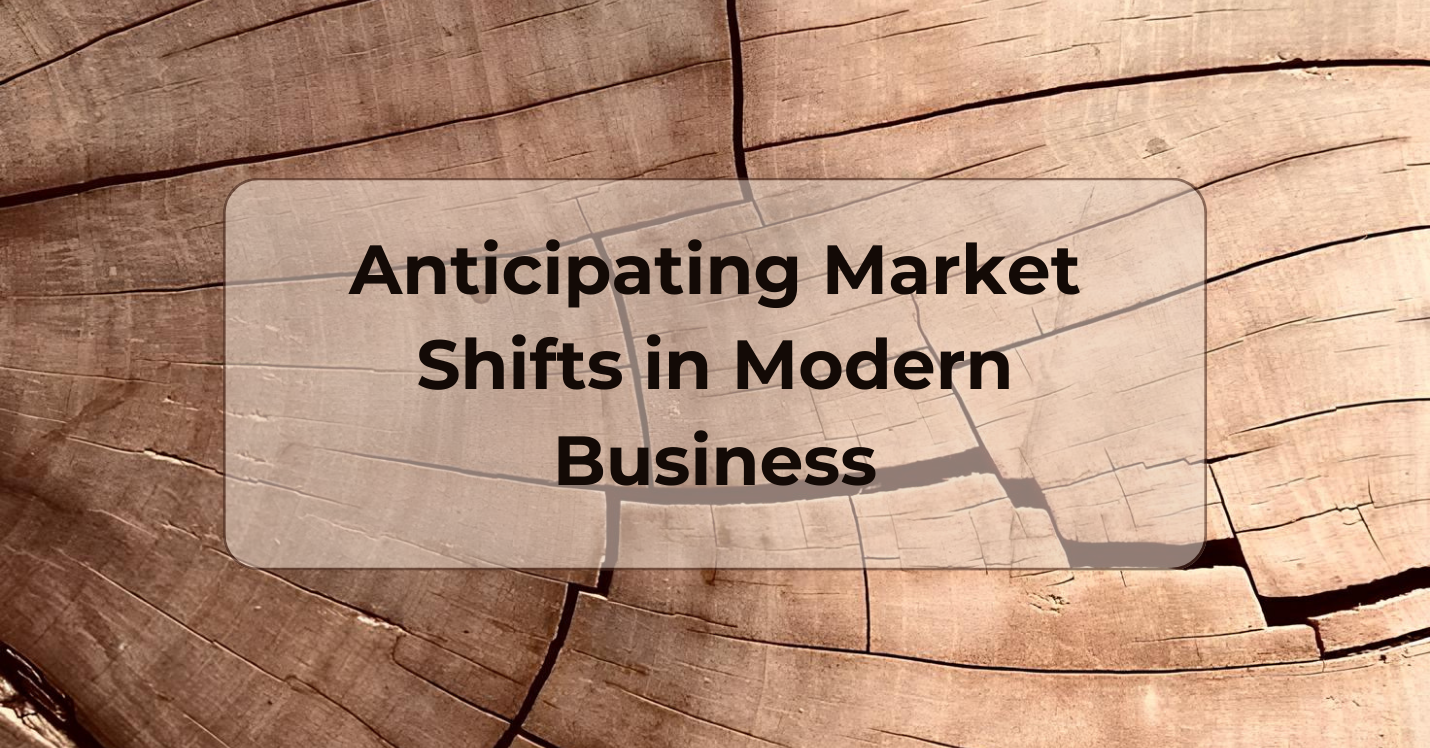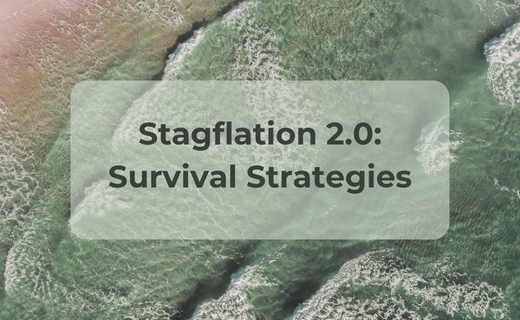Financial Risk Management and Foresight: Anticipating Market Shifts in Modern Business
Introduction: The Role of Foresight and Financial Risk Management in a Changing World, Companies are forced to anticipate and adjust to changes in the marketplace by the rapidly changing global economy. Sustainable growth now requires the integration of financial risk management and foresight. In contrast to conventional forecasting, foresight investigates several potential futures. It also looks at the factors influencing change and detects weak signals.
Combined with prudent financial risk management techniques, foresight keeps organizations proactive and resilient. Because of this, businesses maintain their strategic alignment even during uncertain times.
The Financial Risk Management Strategic Benefit of Foresight
Why Prescience Is Important for Market Expectations
Companies that possess foresight are better able to envision potential futures and plan for various events. These include laws about the environment and advances in technology. With its emphasis on long-term trends, foresight contributes to better financial decision-making by lowering uncertainty.
Additionally, by anticipating possible disruptions before they happen, foresight aids in financial risk management. This allows companies to modify their strategies before the occurrence of risks.
Using Scenario Planning to Boost Risk Management Techniques
An essential tool for foresight is scenario planning. It enables businesses to investigate the potential evolution of various risks. For instance, incorporating resilience into investment plans and budgets improves financial risk management.
With foresight, a business can predict supply chain problems, inflation, and political unrest. Consequently, it can modify capital structures and liquidity plans as needed.
Eight Trends Supported by Data That Affect Financial Risk Management and Foresight
- Artificial Intelligence’s Growing Impact
The global AI market for financial services is anticipated to reach $40.4 billion by 2027, expanding at a compound annual growth rate (CAGR) of 17.2% between 2022 and 2027, according to Mordor Intelligence. Foresight and financial risk management benefit greatly from the application of AI, which improves data interpretation, reveals hidden trends and boosts prediction accuracy. AI, for instance, assists in identifying irregularities and predicting financial strain well in advance of its criticality.
- Increasing Capital Commitment to Big Data Analytics
By 2025, European spending on big data and business analytics is expected to reach $107 billion, according to IDC’s projections. Foresight becomes more quantitative as more businesses rely on data. Organizations can validate scenarios, monitor performance indicators, and make data-driven decisions that reduce financial risk exposure by having access to large, structured datasets.
- Uncertainty in Geopolitics Disrupting Forecasting Models
The European Central Bank highlights that geopolitical unrest considerably heightens market volatility and diminishes the precision of traditional projections. Businesses simulate the financial effects of trade restrictions, sanctions, and armed conflicts by using foresight. These models are very helpful in supporting long-term financial planning and stress-testing strategies.
- Using Diverse Data to Gain More in-depth Understanding
Alternative data sources are becoming more and more valuable. Examples include foot traffic, satellite imagery, and online sentiment. In a joint report, YipitData and AltExchange found that 74% of European hedge funds are using more of this kind of data. Alternative data provides detailed insights that help financial risk management frameworks’ early warning systems.
- Sustainable Forecasting and ESG Integration
Nowadays, assessing ESG risks requires a strong sense of foresight. According to a PwC analysis, European investors are making more decisions that take environmental, social, and governance (ESG) considerations into account. To properly evaluate financial risk and business viability, forecasting tools must now take supply chain ethics, sustainability ratings, and climate models into account.
- The Need for Flexible Predictive Models
Rapid market evolution makes static models outdated. Real-time responsive, dynamic, and adaptive systems are becoming more and more prevalent. Because AI and machine learning are frequently used to power these adaptable forecasting models, foresight is more responsive and efficient at reducing unforeseen risks.
- Customer Emotion’s Effect on Market Trends
Indexes of consumer sentiment, like those released by the European Commission, are essential early warning systems for changes in demand. This information is incorporated by foresight to modify financial and sales projections. This aids businesses in predicting shifts in consumer behaviour, whether positive or negative.
- Deficit of Skill in Predictive Analytics and Vision
The need for experts in financial modelling, foresight, and predictive analytics is rising due to the increase in data complexity. The lack of such talent is highlighted in labour market reports across Europe, so businesses must invest in specialized training and workforce development.
Managing Financial Risk in Uncertain Times
Handling the Volatility of Geopolitics
The intricacy of managing financial risk is increased by geopolitical instability. Nonetheless, businesses can evaluate world events thanks to foresight tools. They assess the potential effects of policies, rules, and conflicts on operations.
Businesses can map possible shocks with foresight. They can also plan and create response strategies.
Long-Term Financial Planning and ESG
The significance of Environmental, Social, and Governance (ESG) factors is increasing. Nowadays, more businesses incorporate ESG factors into their long-term planning. Therefore, collaboration between financial risk management and foresight is required.
Tools for foresight assist in evaluating risks such as water scarcity or carbon taxes. Financial planning and investment decisions are guided by these insights.
Developing Organizational Vision Capabilities
Putting Money Into Talent with a Range of Skills
Multidisciplinary teams are necessary for companies to use foresight effectively. Economists, strategists, and data analysts ought to be on these teams. For instance, they need to think both technically and creatively.
Companies can connect financial risk management and foresight when they have the right personnel. This guarantees a more thorough and flexible planning process.
Integrating Prescience into Operational Procedures
Using foresight should be standard procedure in business. Organizations need to integrate it into their financial and governance processes.
This entails tying the results of foresight to strategic reviews and KPIs. To update forecasts in light of actual results, feedback loops are also necessary.
Important Phases of Business Foresight Analysis
- Finding Change-Drivers and Trends
The first step in the foresight process is to identify the key trends and underlying drivers. Technological innovation, demographic changes, climate change, and economic advancements are a few examples of these. Comprehending these constituents aids in moulding the tactical terrain.
- Examining Feeble Signals
Early warning signs of possible future developments are known as weak signals. They may start small but have the potential to grow into forceful forces. By keeping an eye on and analysing these signals, businesses can remain ahead of the curve.
- Creating Prospective Scenarios
Businesses utilize foresight to create various realistic future scenarios. These hypothetical situations show how drivers and trends might interact. One scenario could examine the joint effects of supply chain re-localization and automation.
- Analysing Consequences and Strategic Alternatives
Every scenario’s possible effect on the company is assessed. This phase entails determining opportunities and risks. It also entails examining the potential performance of current strategies in various future scenarios.
- Creating Flexible Approaches
Through scenario analysis, businesses create adaptable and solid strategies. These tactics are made to work in various future scenarios. Better alignment between financial risk management and foresight is ensured by doing this.
- Keeping an eye on and updating
The process of foresight is dynamic. Companies need to keep an eye out for emerging trends and signals in the environment. As new data becomes available, they should periodically update their plans and scenarios.
Case Studies: Financial Resilience through Prescience in Action
Shell: Ready for a Surprise in Oil Prices
Foresight has been used by Shell since the 1970s. It created scenarios, for instance, to get ready for oil crises. The business changed its investments as a result, preventing significant losses. This demonstrates how financial risk management is directly enhanced by foresight.
IKEA: Organizing for Long-Term Development
IKEA tracks consumer trends and sustainability objectives with the help of foresight. To meet future demands, it modifies pricing models and logistics, for instance.
It incorporates foresight into financial and operational planning in this way. This enhances its approach to risk management as a whole.
Our expert guidance in business forecasting will help you mitigate threats and transform external challenges into strategic opportunities. [Contact Us]
Conclusion: A Unified Future Strategy
These days, financial risk management and foresight are crucial. They support companies in navigating challenging and evolving environments.
Businesses need to plan with both flexibility and vision because markets are becoming more and more volatile. People who make financial decisions based on foresight will have a long-term competitive advantage.
Through the integration of both current and long-term insights, businesses can lower risk and better shape their future performance.





